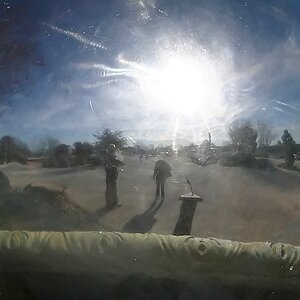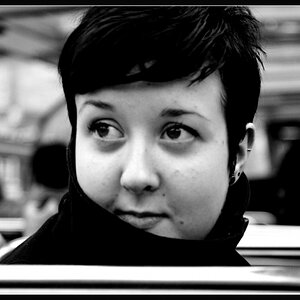nyhus
TPF Noob!
- Joined
- Apr 3, 2017
- Messages
- 4
- Reaction score
- 0
- Can others edit my Photos
- Photos OK to edit
This might be an unusual and stupid question, and i am unsure if this is the right place to post.
In a normal photo without fisheye lense, are the angles in the photograph evenly "distributed"? (in lack of better words)
what i mean is, if the angle of view is 60 degrees (blue line), that means it is 30 degrees (red line) from the center to the right of the view.
But is it also 30 degrees from the top middle to the top right of the view (yellow line)? also does it mean that it is 15 degrees from the right to halfway to the center of the view (green line)?
Also, lets say the aspect ratio is 16/9. could you then say that its 60/ (16/9) = 33,75 degrees from top to bottom (purple line)? and could you use pythagoras ((60^2)+(33,75^2) = 68,841^2) and say that the diagonal is 68,851 degrees (pink line)?
Are these assumptions right or am i missing a big point here?
I hope someone can answer, and sorry if its a stupid question
In a normal photo without fisheye lense, are the angles in the photograph evenly "distributed"? (in lack of better words)
what i mean is, if the angle of view is 60 degrees (blue line), that means it is 30 degrees (red line) from the center to the right of the view.
But is it also 30 degrees from the top middle to the top right of the view (yellow line)? also does it mean that it is 15 degrees from the right to halfway to the center of the view (green line)?
Also, lets say the aspect ratio is 16/9. could you then say that its 60/ (16/9) = 33,75 degrees from top to bottom (purple line)? and could you use pythagoras ((60^2)+(33,75^2) = 68,841^2) and say that the diagonal is 68,851 degrees (pink line)?
Are these assumptions right or am i missing a big point here?
I hope someone can answer, and sorry if its a stupid question
Attachments
Last edited:







![[No title]](/data/xfmg/thumbnail/36/36659-4b8fd1b317df0e73ccfe5775494a6f5a.jpg?1619737675)






